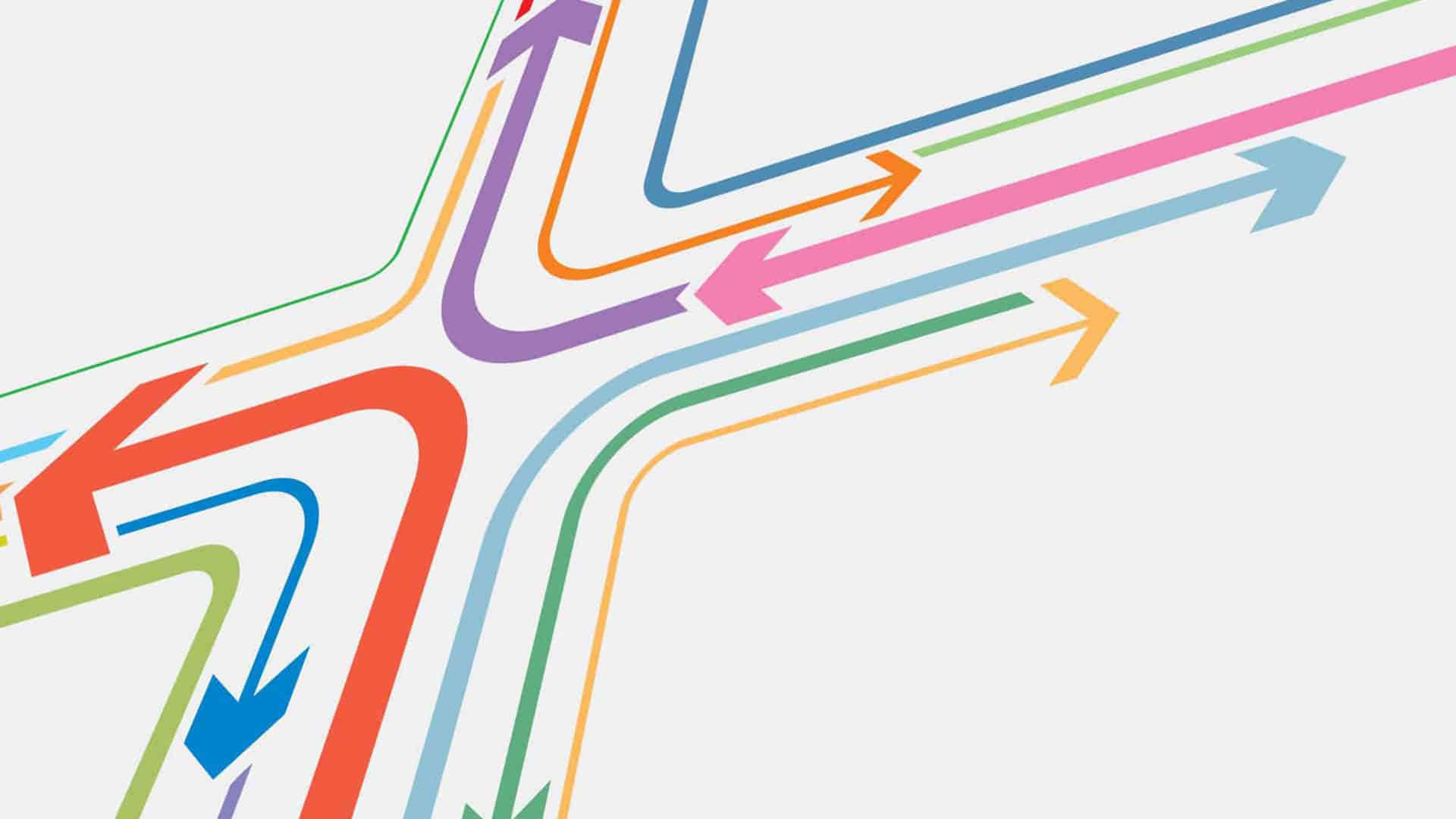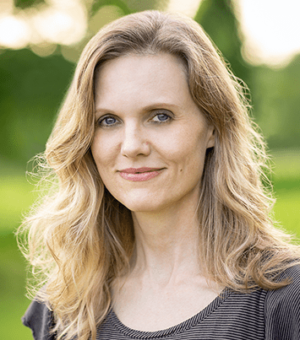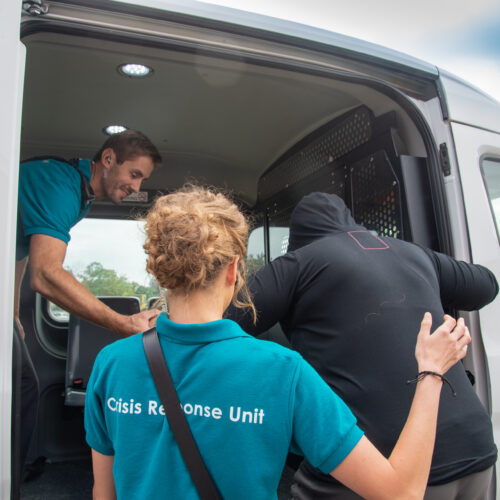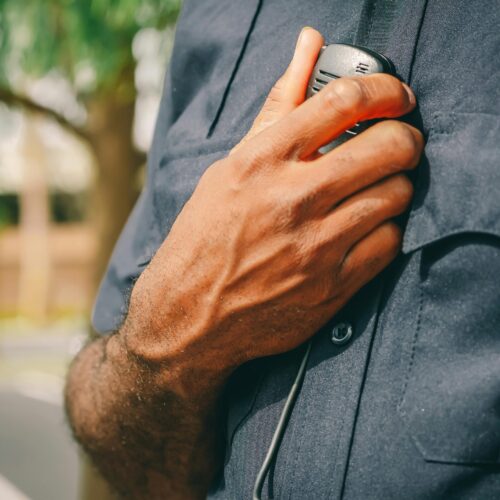
Developing and Strengthening Partnerships with Police, Fire, and EMS: A Q&A with the CAHOOTS Program
As communities are increasingly searching for ways to expand their first response options beyond police officers, fire department staff, and emergency medical services (EMS) personnel, community responder programs—which can be used to provide immediate assistance to people in crisis—are growing in popularity. These programs position health professionals and trained crisis staff as first responders to behavioral health crises and social disturbances, facilitating connections to support services, conducting wellness checks, and more.
To support these efforts, The Council of State Governments (CSG) Justice Center and Vital Strategies launched a groundbreaking toolkit, Expanding First Response: A Toolkit for Community Responder Programs, and connected with several programs across the country to learn from their successes and their challenges. One program that was instrumental to the development of the toolkit is Crisis Assistance Helping Out On The Streets (CAHOOTS), which has been operating out of Eugene, Oregon, for more than 30 years. The CAHOOTS model has been replicated nationwide, with White Bird Clinic—a Federally-Qualified Health Center—as its nonprofit mental health and crisis services partner.
Last year, as part of the toolkit’s initial launch, the CSG Justice Center spoke with then CAHOOTS Director of Consulting Timothy Black, Coordinator Ebony Caprice Morgan, and Consulting Associate Abbey Carlstrom about the program’s experience conducting needs assessments. As a follow up, Director Black also spoke to the CSG Justice Center to discuss ways that programs can manage partnerships with other first responders. This article is part of a series of interviews with CAHOOTS staff.
Editor’s note: This interview has been edited for length and clarity.
Can you explain the relationship between CAHOOTS and Eugene’s other first responders?
CAHOOTS is a police-contracted provider, so local law enforcement oversees both our funding and contracts for service. Specifically, we work with department liaisons and meet monthly. We also get support from law enforcement infrastructure for our publicly owned fleet, so for example, if we have issues getting a van repaired, our liaison will act as a go-between. Outside of the business relationship, CAHOOTS works to ensure dispatch is sending the right first responders into the right situations, which allows police to focus on things like violent crime. The distance in the contractor relationship, however, has allowed us to build rapport and trust with people in ways that I don’t think we would have if we had “City of Eugene” or “Eugene Police Department” on our t-shirts.
The EMS partnership has changed over time. An opportunity for collaboration came through preserving medical response as part of our service delivery, like providing wound care in a shelter or counseling on scene after a traumatic event, which means paramedics don’t have to worry about things like basic first aid or social support. As a result, they really see the value in what we do. We also try to be intentional with our relationship-building through things like sharing meals at the fire station. Emergency medical technicians and paramedics provide proctor training at the CAHOOTS academy as well, which gives us an opportunity to work together in something other than an emergency setting.
What role does dispatch play in CAHOOTS’ coordination with Eugene police officers and EMS?
Dispatch is the gatekeeper. They receive every call coming in, provide triage, and decide what response is most appropriate. Dispatch is the first tool we have to keep our responders safe. They’re how we prioritize our calls for service, and they are a lifeline to other services, such as if we ourselves need police cover or to have an ambulance come out. Dispatch is really the glue holding it all together.
How has CAHOOTS worked to maintain these relationships, even in the face of potential conflicts or tensions?
It has, at times, required a recognition within [CAHOOTS staff] culture that it’s part of our job to work with police, to build trust, and to recognize and celebrate our distinct roles and find how they complement each other.
At the height of the Black Lives Matter movement, we had to make sure there were clear expectations for our staff. While we didn’t tell them not to protest or speak their minds, we did talk about how, if officers saw our folks shouting at them on the picket line, it could negatively affect partnerships. Additionally, when I first started at CAHOOTS in 2010, there was a bit of an adversarial relationship with EMS. We would avoid calling for support unless we absolutely needed it, which stemmed from historic concerns around patient care. We also weren’t taking the time to meet with leadership in the EMS and fire departments in the same way we were with police. We are better now with trusting EMS to determine how we can best offer support. We also make sure there’s reciprocity in our feedback. We try to be direct, honest, and constructive, while recognizing that we have a lot to learn, too. And that means making sure we’re not stepping on toes and that we understand their hierarchy.
It all comes back to finding that common ground.
When you are hiring community responders, what do you tell them about CAHOOTS’ relationship with police and EMS?
While it is not always going to be comfortable, and there might be differences in approach, we can find common ground through working to send the right resources to the right situations. If someone is working for CAHOOTS because they want to be part of public safety reform, they need to know that they still have to partner with police, even if they disagree with what law enforcement stands for. We don’t have a philosophy around the role police should or shouldn’t play in the community, and I think that creates a lot of opportunity for having dynamic discussions. A few folks have even gone on to work for law enforcement and EMS, and CAHOOTS was the stepladder to that.
What did your team not know about working with other first responders (EMS/police) that you wish you would have when you started this work?
They are not the only stakeholders. I think we paid too much attention to the police and not enough to community involvement. As a result, the system we were trying to reform was the one telling us how that reform should happen. And our founders perhaps didn’t fully recognize how much power the police chief has over what CAHOOTS response looks like. For instance, they can write a memo that changes policy, and if we want to dispute it, it could be weeks before there is a second memo to redact it. If we had recognized how much authority the chief would have, we might have taken a different approach, perhaps by having language in our contract related to how changes in service could happen. I would also have worked to educate our responders on the origins of public safety and how those traditional systems have impacted local communities. I was one of those folks who, because of my white privilege, never really needed to question the history. If we had had better insight, I think we would have seen more service expansions and other supportive services in the community rolled out a lot earlier.
To learn more about community responder programs and ways to obtain buy-in for them, visit Expanding First Response, a toolkit that serves as a central hub for states and local communities looking to establish or strengthen community responder programs.
About the author

This May, the state of Washington passed legislation supporting the expansion of alternative response teams (sometimes called community…
Read MoreThe CSG Justice Center has partnered with the Pennsylvania Commission on Crime and Delinquency and CIT International to…
Read More Developing a Common Definition for Community Responder Programs
Developing a Common Definition for Community Responder Programs
This May, the state of Washington passed legislation supporting the expansion of alternative response teams (sometimes called community responders) as a public safety service.
Read More CSG Justice Center Launches Nation’s 1st Statewide Crisis Intervention Teams (CIT) Technical Assistance Center in Pennsylvania
CSG Justice Center Launches Nation’s 1st Statewide Crisis Intervention Teams (CIT) Technical Assistance Center in Pennsylvania
The CSG Justice Center has partnered with the Pennsylvania Commission on Crime and Delinquency and CIT International to launch the first statewide Technical Assistance (TA) Center in the country.
Read More









